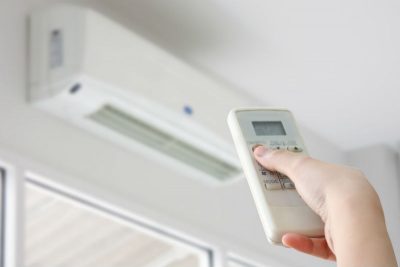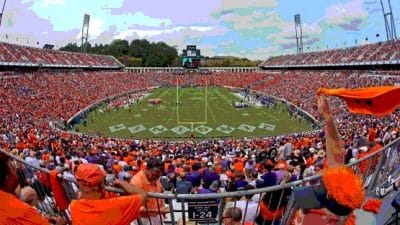Air conditioning is one of the highest energy expenses in homes and businesses, especially during the hottest months of summer. However, an equipment upgrade can often achieve significant energy savings. This is especially true if a building uses old air conditioners that have not been serviced in a long time.

Air Conditioning for Individual Rooms and Small Businesses
Window-type air conditioners may seem like an attractive option upfront, due to their low price. However, they are also the most expensive to operate, due to their low efficiency. Assuming the same cooling capacity, mini-split units are 2 to 3 times more efficient than window units. Mini-splits also produce less noise, which makes them a more comfortable option.
The efficiency of mini-splits and other small-scale air conditioners is specified by the Seasonal Energy Efficiency Ratio (SEER). The SEER describes how effectively an air conditioner converts electricity into cooling, just like the gas mileage value of a car describes fuel efficiency.
- The SEER rating is determined with a testing procedure that has been specified by the Air-conditioning, Refrigerating and Heating Institute (AHRI).
- SEER 13 is the minimum rating according to standards, and it describes a unit that produces 13 BTU of cooling for every watt-hour consumed.
- The most efficient air conditioners are above SEER 20, and the top-performing units go up to SEER 30.
The efficiency ratings change for larger equipment such as chillers and packaged rooftop units. However, the same principle holds: upgrading to a more efficient unit is guaranteed to save energy. These units use a metric called the Integrated Energy Efficiency Ratio (IEER). It is similar to the SEER, but better suited for the operating parameters of air conditioning systems in large-scale applications.
Additional Measures to Save on Air Conditioning
The nameplate efficiency of air conditioning equipment is very important. However, HVAC engineers consider two other factors to optimize performance: the building thermal envelope, and thermostat settings.
A building envelope with air leaks and deficient insulation cannot keep the summer heat outside effectively. Even if the air conditioning system is efficient, it must work harder to compensate for the constant heat gain. On the other hand, an airtight building with good insulation gains much less heat, which makes it easier to cool.
The thermostat setting also influences energy consumption. According to the US Department of Energy, the electricity consumption of air conditioners can increase by up to 3% for every degree Fahrenheit the thermostat is reduced. An excessively low temperature can also be uncomfortable for many occupants, and it can also cause health issues. Smart thermostats are a very powerful tool, since they can learn usage patterns and adjust their temperature automatically.
Installing an air conditioning system of the right capacity is also important. Undersized units may not be able to achieve a comfortable temperature in the hottest days. On the other hand, oversized units tend to wear down faster because they run in short cycles, and they have a higher price. The best performance is achieved when the air conditioning system has the right capacity for the area being cooled, and a high nameplate efficiency.










